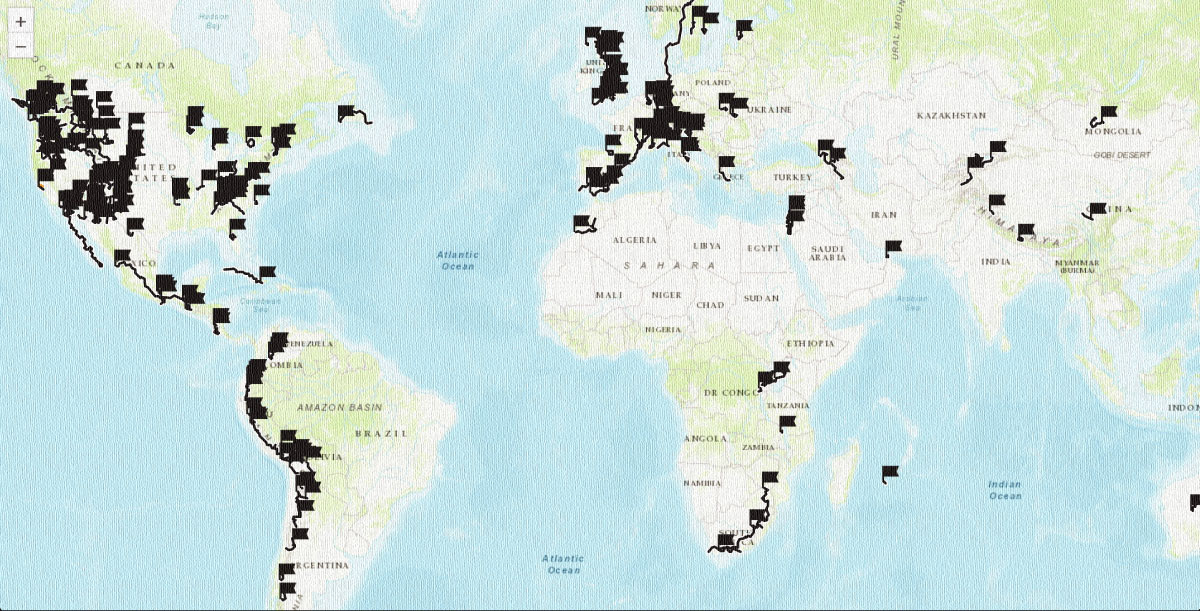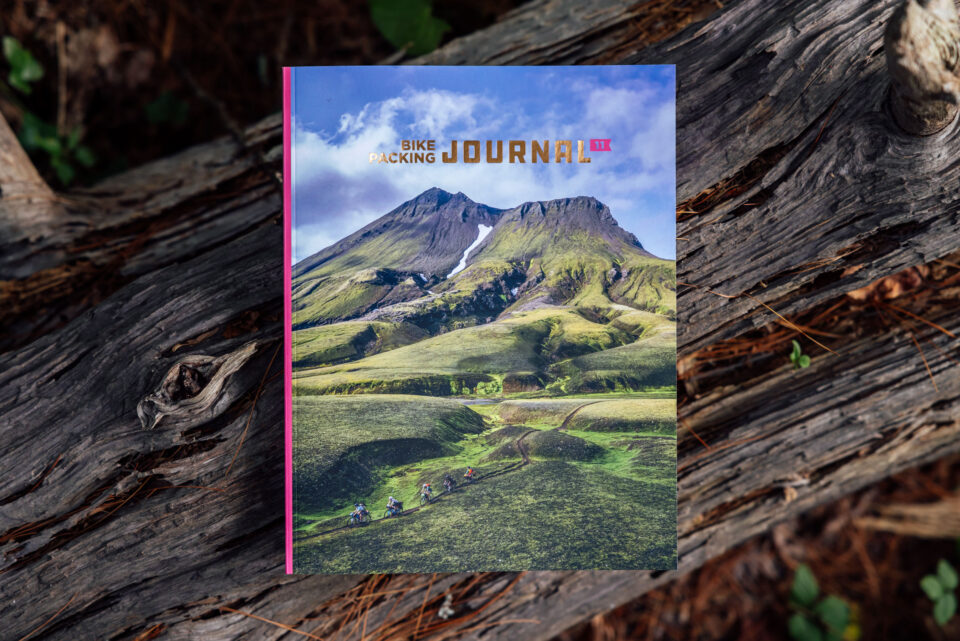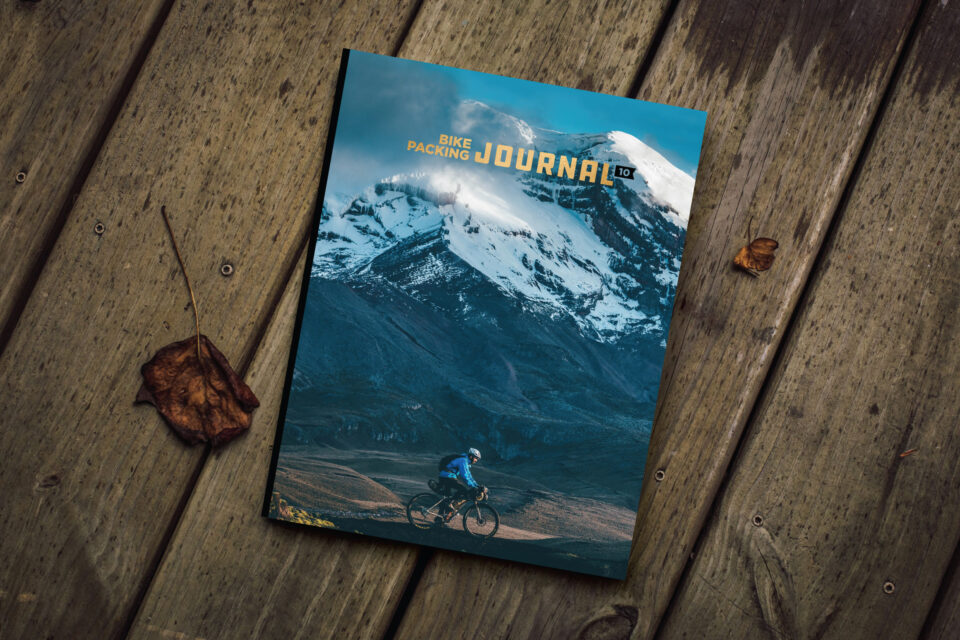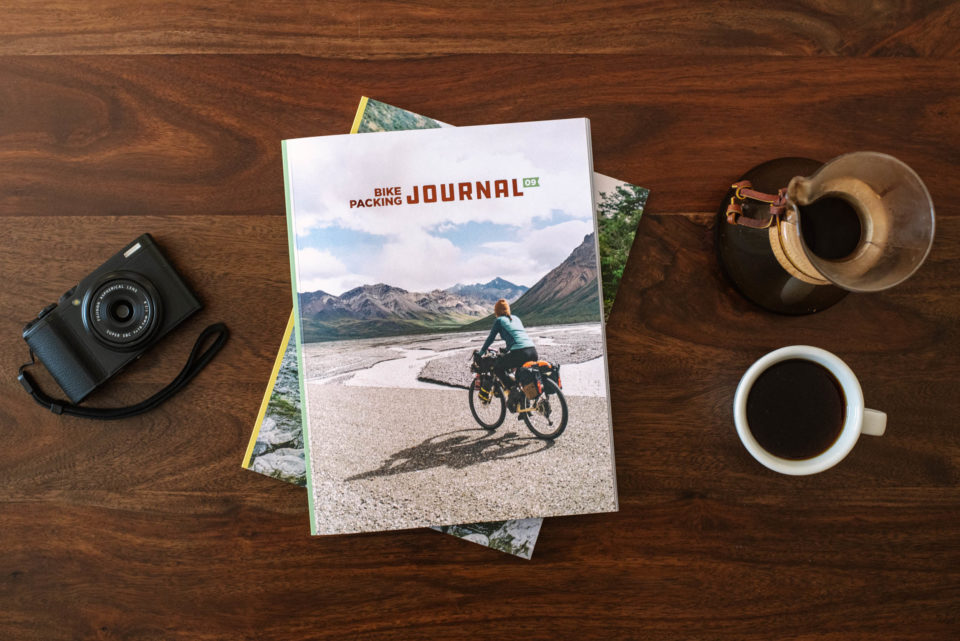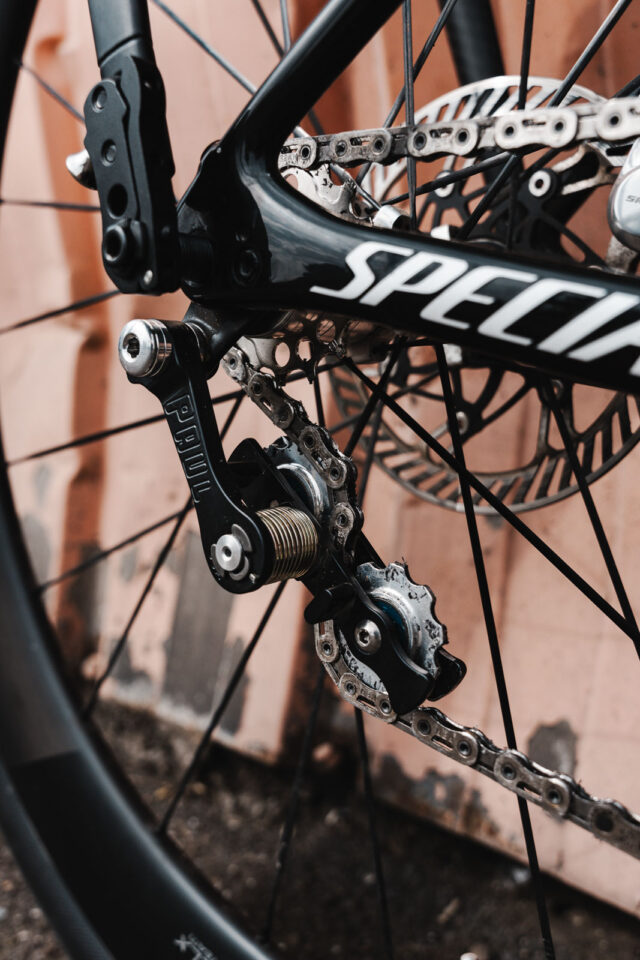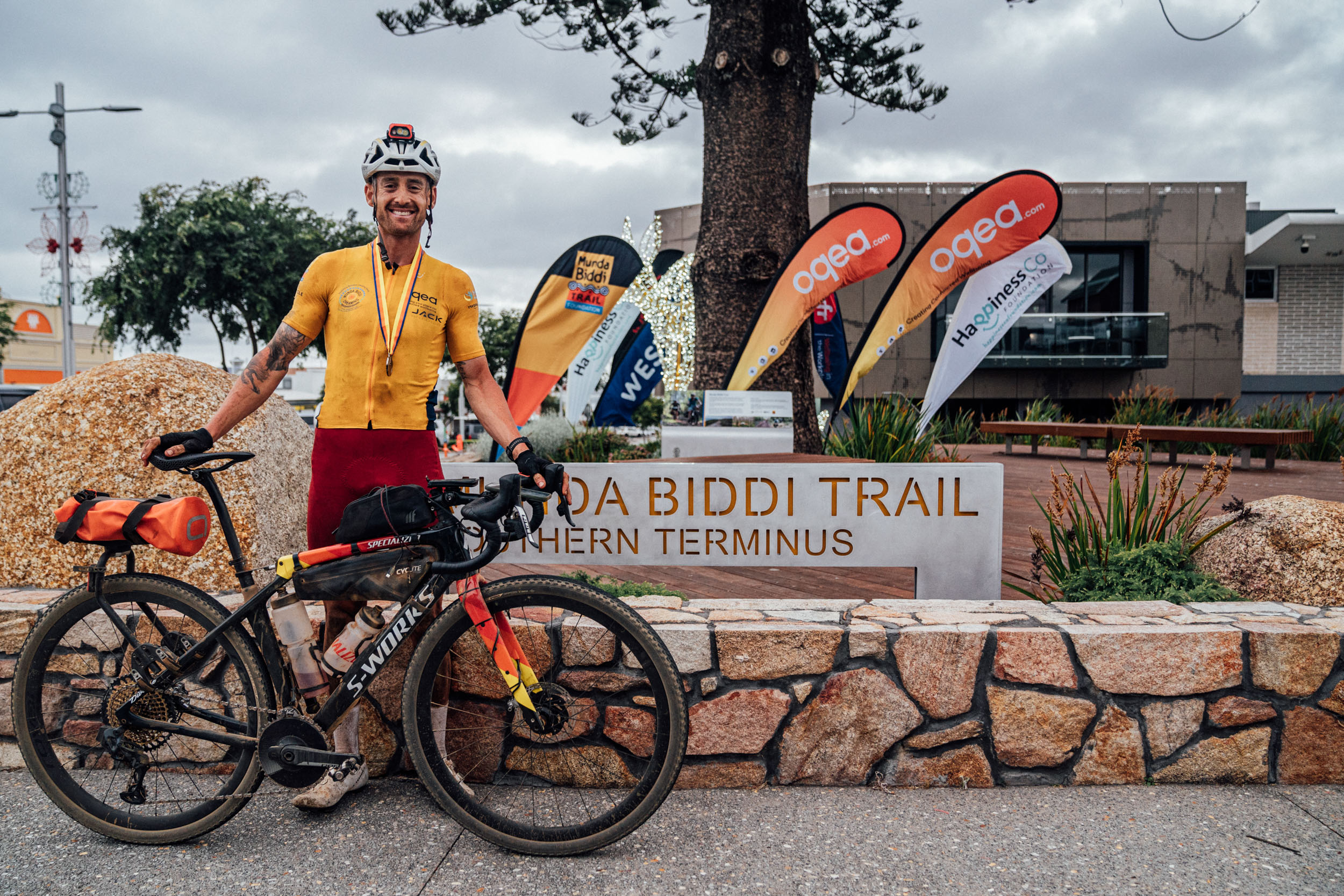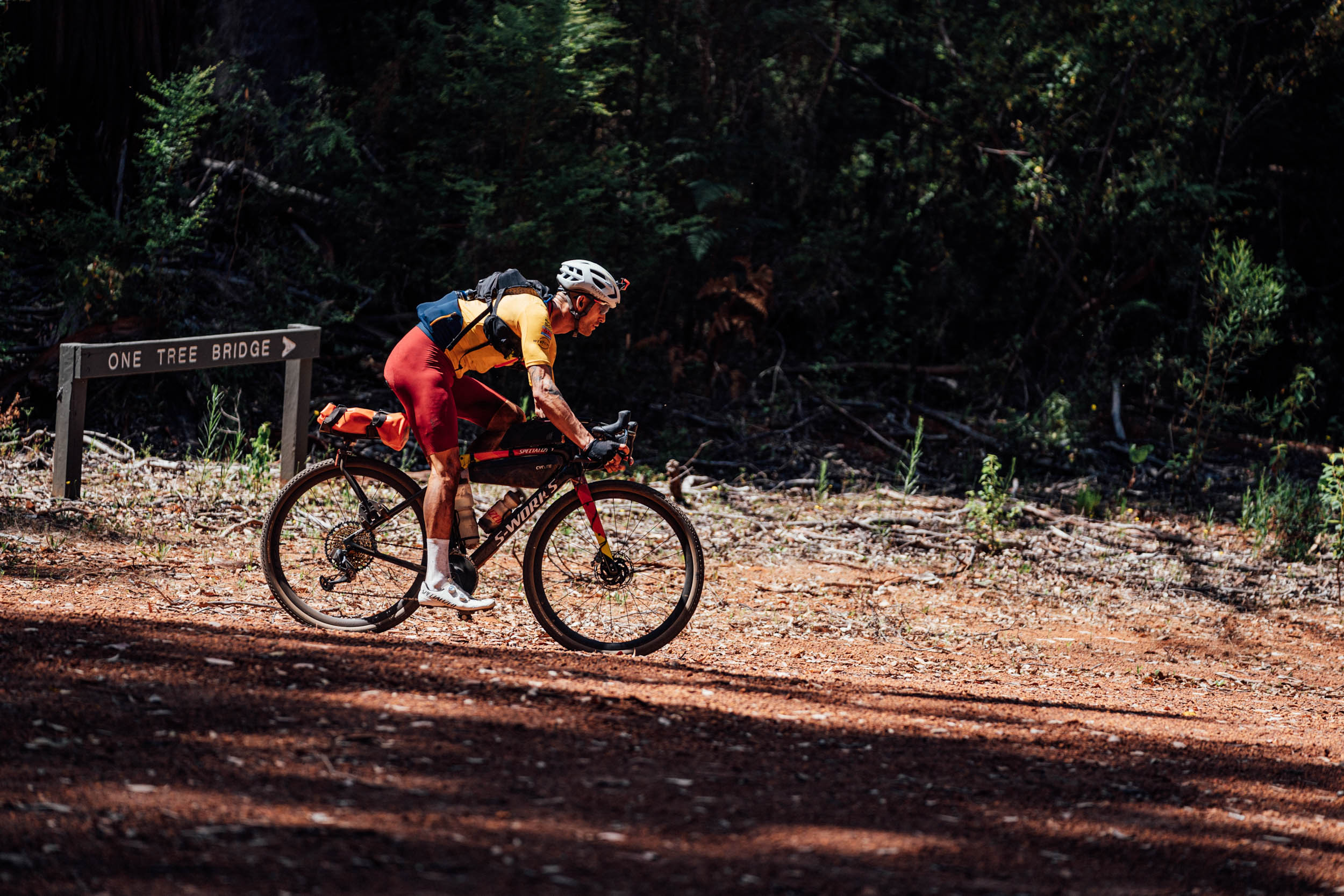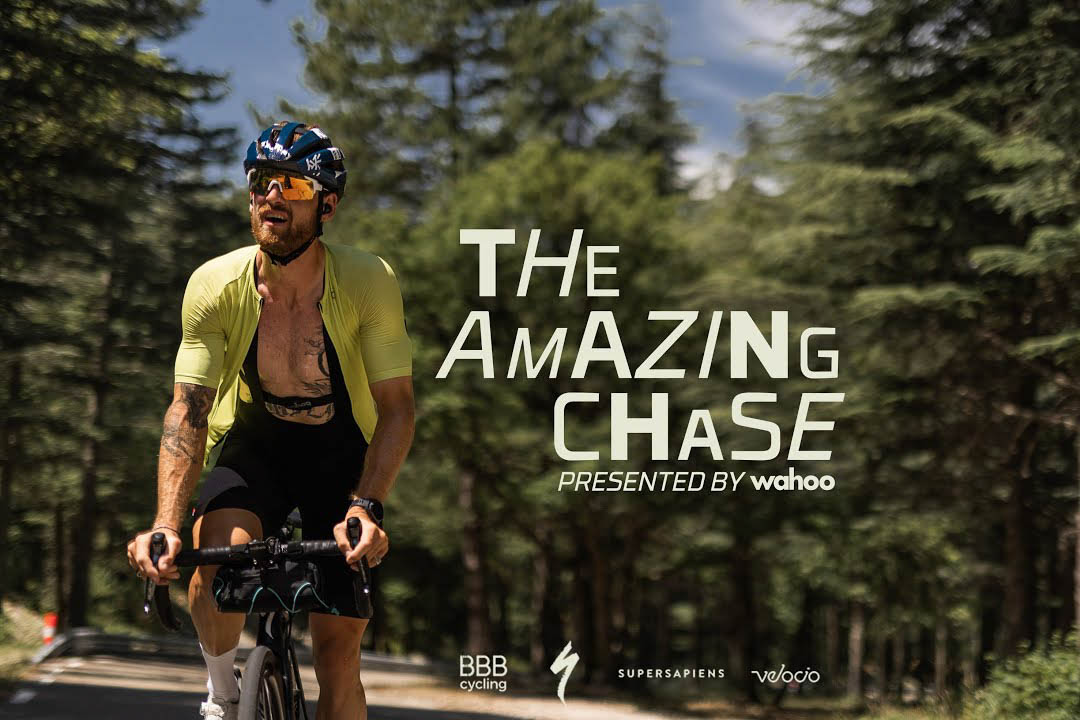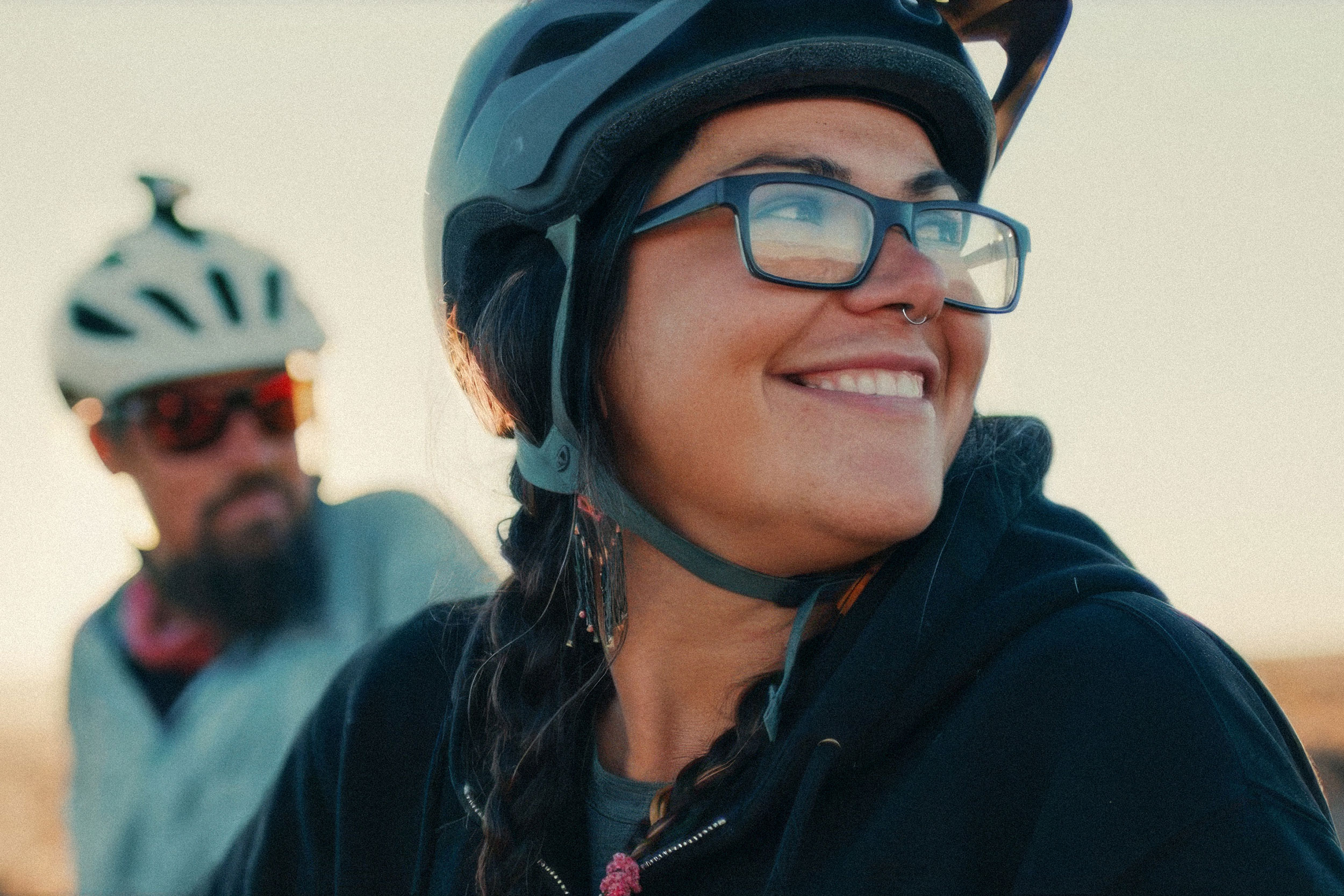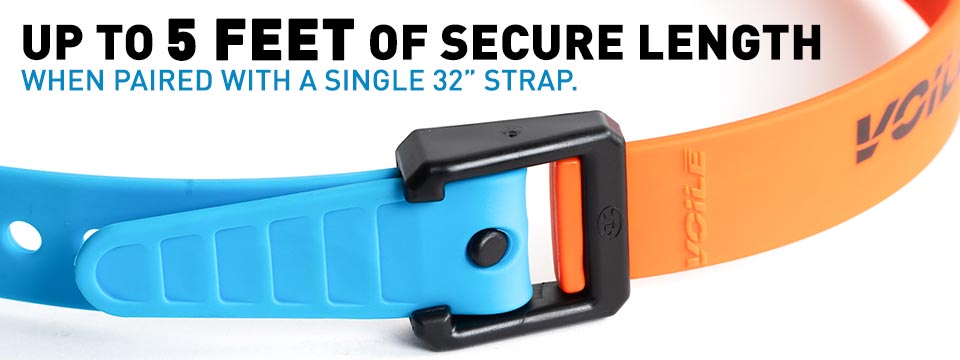Last week, Jack Thompson rode the full original route of the 1903 Tour de France, pedaling around 2,400 kilometers in just six days. He completed the ride on a modern bicycle, carrying all of his gear, and did it using just two gears. Find a reflection from Jack, his gear list, and photos from his journey here…
Words by Jack Thompson, photos by Arnau Lumeras
The idea came to me mid-conversation, standing around the Roubaix Velodrome with a photographer while working on another project in 2024. We were discussing creative challenges—those projects that push you physically and also tell a story. What about the original 1903 Tour de France? Six brutal stages, no teams, no support cars, no modern tech. Just two gears and a dogged determination to push limits.
As a kid, I dreamed of racing the Tour de France. That vision stayed with me for years, until I realised racing wasn’t something I loved. I didn’t enjoy the bunch, the tactics, or the structure. But the idea of riding? Of pushing myself over long distances, solo? That stuck. So I began carving out my own path. In 2021, I chased the Tour de France peloton with a 10-day head start. I’ve set distance and elevation records and tackled some of the world’s highest roads, but this time, I wanted something different. No clock to beat. No fastest known time. Just an immersive journey back to where it all began.
So on Monday the 23rd of June, 2025, I set out to ride the original 1903 Tour de France route—2,428 kilometers over six days—on a modern bike, but with the same gearing the original riders used back in 1903: two gears, one front derailleur, and a 16-tooth cog at the rear.
Riding Into the Past
To mimic the route as closely as possible, I followed the original roads—main arteries, not scenic byways. It meant riding shoulder-to-shoulder with trucks and cars during the day, but early in the mornings, just before sunrise, the roads fell quiet. That’s when it felt real. The cool air, the silence, the endless ribbon of tarmac ahead—it gave me time to think. And most of the time, I found myself thinking about those riders 122 years ago.
What it must have been like for them. No carbon bikes, no lycra, no ice-filled bottles or gas station stops. Just steel frames, wool jerseys, and six monstrous stages, each averaging over 400 kilometers. Every time I began to feel the weight of fatigue, I reminded myself: they did it first, in conditions that must have been worse than these.
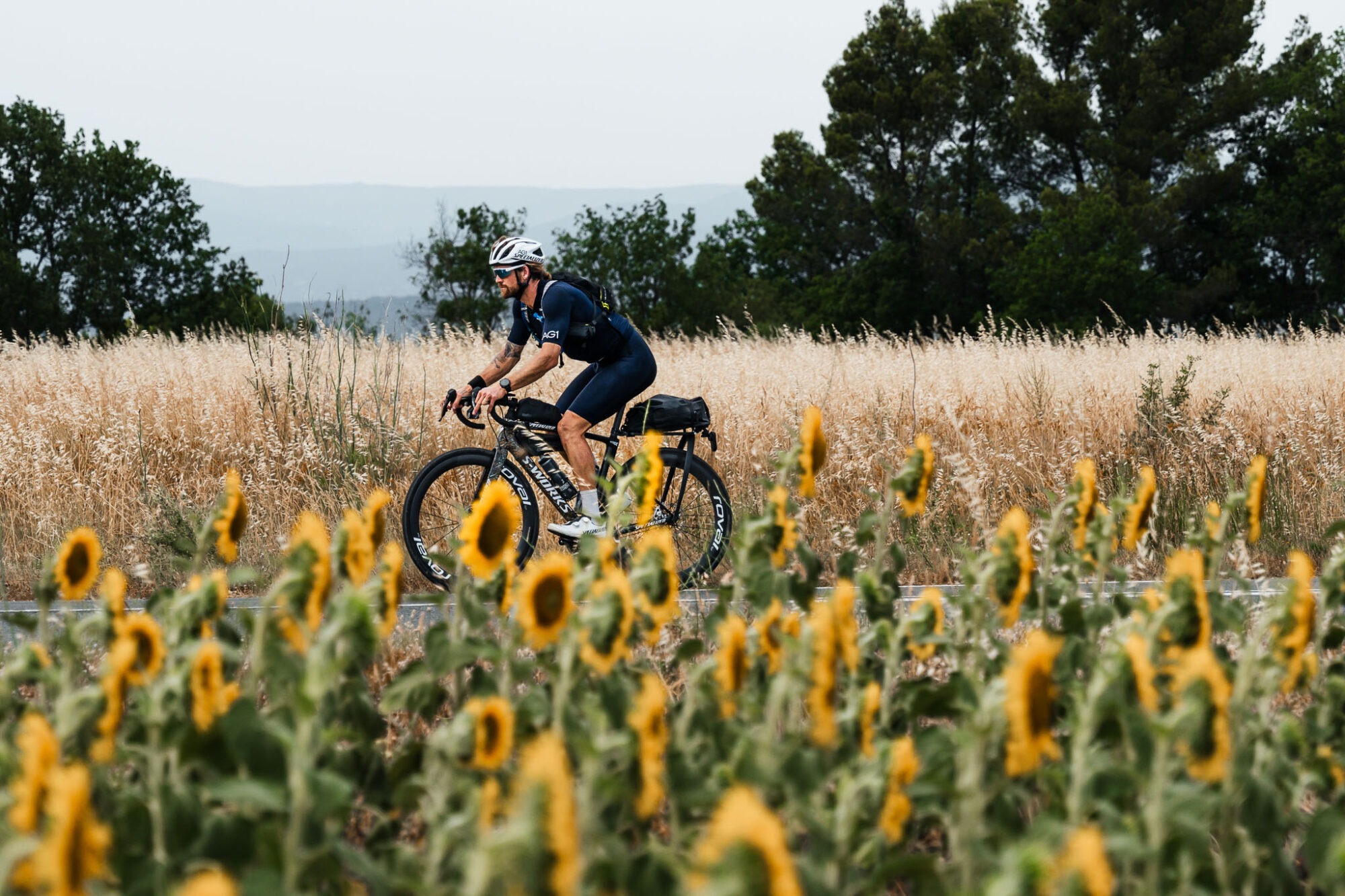
The Beauty (and Brutality) of Simplicity
Most people assume the biggest challenge was climbing with limited gears, but it was actually the opposite. I didn’t have a gear big enough. On flat sections or slight descents with a tailwind, I would spin out, unable to make use of the momentum. It was frustrating. But it also forced me to accept the ride for what it was. There was no option to shift down, no relying on tech or tactics. I just turned the pedals and used what I had to use.
That simplicity became something I grew to love. We’re so used to choice in modern life—what gear, what line, what snack, what screen to look at. But on this ride, there was only one way forward. The other major factor was the heat. On several days, it hit 45°C. I’d stop at gas stations to buy bags of ice and stuff them down my jersey, in bottles, and my hydration bladder. It worked, until it melted—but again, I found myself thinking: What did they do in 1903? How did they cool down? Where did they stop? Did they even stop?
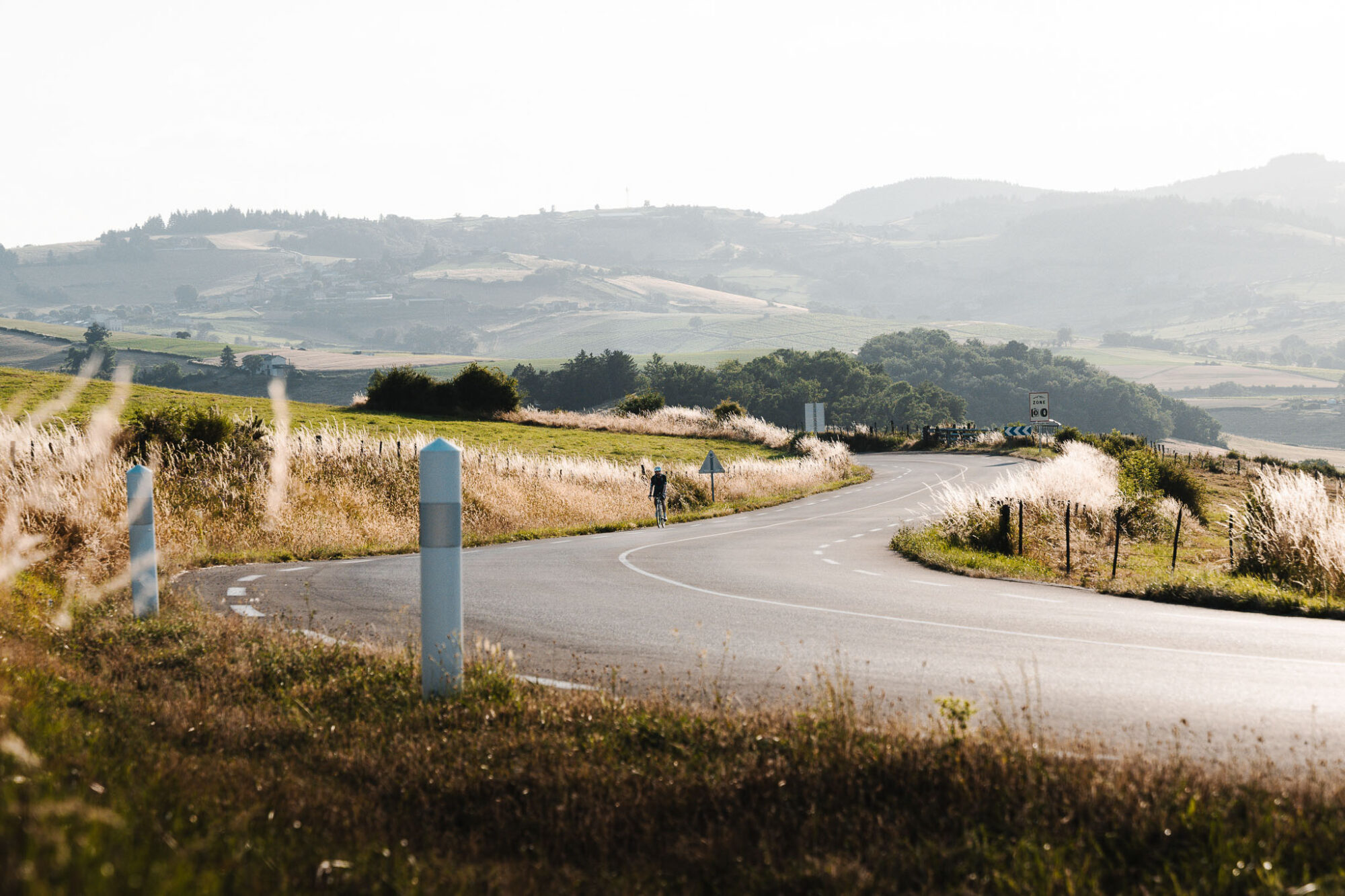
That question lingered with me throughout the ride. These were tough men—part athlete, part adventurer. We often talk about ultra-distance cycling as something new, a fringe subculture. But in 1903, these guys were already doing it. Long days. Massive distances. Minimal support. In many ways, they were the original ultra-riders.
A New Kind of Finish Line
By the time I rolled into Paris on the final day—462 kilometers and close to 3,000 meters of climbing—it wasn’t about finishing fast. It was about finishing full. Full of appreciation, exhaustion, and admiration for what came before me.
I’ve made a career out of chasing what’s possible on two wheels. But this ride wasn’t about being the first or the fastest. It was about understanding. Paying tribute. Seeing how far the sport has come, and realising how much of what we call “modern” cycling was already in motion over a century ago.
There’s a romance to that. A depth that I think many of us have lost in the metrics and media of today’s cycling culture.
The Setup
- Specialized Roubaix SL8 – 56cm (Stock frame with a custom OUTRIDE paint job.)
- Roval CLX II Team Wheelset
- 35mm Mondo Tires (love these tyres, they’re bulletproof and fast)
- Specialized Romin Saddle
- Zero Offset Seatpost
- Shallow Drop 40cm Specialized Carbon Bars
- Camelbak Podium Bottles
- SRAM Red Shifters
- 165mm SRAM RED Crank (48×35)
- SRAM Red FD
- Garmin 1040 Solar
- Garmin Varia Tail Light
- MagicShine 1700 Front Light
- Tailfin Rear Rack/Bag
- Tailfin Top Tube and Frame Bag

Gearing
- SRAM Red 48x35T Crankset
- Shimano 105 16T rear cog
- Wolf Tooth Single Speed conversion kit Ratchet EXP freehub
- Paul Components Chain Tensioner
- 12-Speed SRAM Red Chain (waxed by Cyclowax)
You can see more from Jack via his YouTube channel and website, JackUltraCyclist.com.
Further Reading
Make sure to dig into these related articles for more info...
Please keep the conversation civil, constructive, and inclusive, or your comment will be removed.


